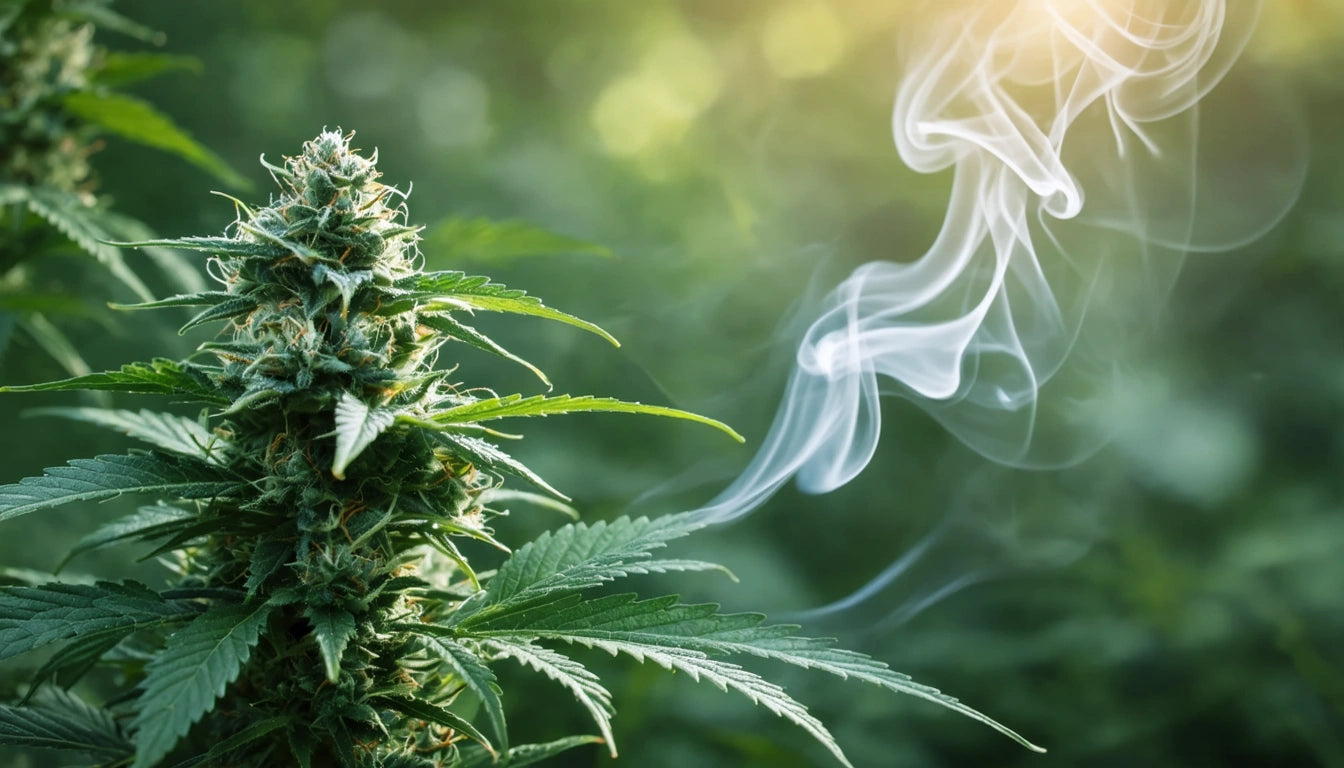Table of Contents
How Long Is Weed Detectable in Urine Tests?
Understanding how long weed is detectable in urine tests is crucial for cannabis consumers facing employment screenings or other drug testing situations. Detection windows vary significantly based on several factors, with frequency of use being the most influential determinant. This guide breaks down the science behind cannabis detection in urine and provides evidence-based timelines.
Detection Windows: How Long Weed Stays in Urine
Cannabis metabolites, primarily THC-COOH, remain in the body much longer than the actual psychoactive effects. When asking how long does weed stay in your system for a urine test, the answer depends largely on consumption patterns:
- Single use (first-time or occasional): 3-5 days
- Moderate use (2-4 times per week): 5-10 days
- Heavy use (daily consumption): 10-30 days
- Chronic heavy use (multiple times daily): 30+ days, potentially up to 90 days
These timeframes represent general guidelines rather than absolutes. Individual factors can shift these windows in either direction, making it difficult to predict exact detection periods for any specific person.
Factors Affecting How Long Cannabis Remains Detectable
Biological Factors
Several personal characteristics influence how long weed is detectable in your system:
- Metabolism rate: Faster metabolisms may clear THC more quickly
- Body fat percentage: Higher body fat provides more storage for fat-soluble THC metabolites
- Hydration level: While dilution won't eliminate metabolites, proper hydration supports natural processes
- Age: Metabolism typically slows with age, potentially extending detection windows
Consumption Variables
How you consume cannabis also affects detection duration:
- THC potency: Higher THC content can extend detection windows
- Consumption method: Edibles may produce longer-lasting metabolites than smoking
- Frequency of use: The most significant factor in determining detection time
Urine Testing Methods and Thresholds
Standard urine tests for cannabis look for THC-COOH, a non-psychoactive metabolite produced when your liver processes THC. Most initial screenings use an immunoassay with a cutoff level of 50 ng/mL. Positive results typically undergo confirmation testing using more sensitive methods like gas chromatography/mass spectrometry (GC/MS) with a lower threshold of 15 ng/mL.
Understanding how long cannabis stays in urine requires recognizing these threshold values. Even as THC metabolites decrease over time, they may remain above these detection thresholds for extended periods in frequent users.
THC Metabolism and Natural Elimination
When cannabis enters your system, THC is quickly metabolized in the liver, producing various metabolites. The primary urinary metabolite, THC-COOH, is fat-soluble and gets stored in adipose tissue, creating a slow release effect over time.
The body eliminates these metabolites primarily through:
- Urine (primary route for THC-COOH)
- Feces (major elimination pathway)
- Sweat (minimal amounts)
While many products claim to speed up this process, the most reliable approach is allowing your body sufficient time for natural elimination. Staying properly hydrated and maintaining regular physical activity can support your body's natural processes, though they won't dramatically accelerate elimination.
How Usage Frequency Impacts Detection Time
The relationship between cannabis use frequency and detection time is non-linear. With regular use, THC metabolites accumulate faster than the body can eliminate them, creating a compounding effect that significantly extends detection windows.
When investigating how long weed stays in your urine, consider these patterns:
- First-time users: Generally clear within 5-7 days
- Weekend-only users: Typically clear within 5-10 days after last use
- Daily users: May test positive for 30+ days after cessation
- Long-term heavy users: Can test positive for 45-90 days in extreme cases
This explains why occasional users can often pass a test after a brief abstinence period, while daily consumers may test positive weeks after their last use.
Key Takeaways for Understanding Cannabis Detection
When considering how long weed is detectable in urine tests, remember these essential points:
- Detection windows are highly individualized and depend primarily on usage patterns
- Single use is typically detectable for 3-5 days
- Regular use extends detection to 1-3 weeks
- Heavy, chronic use can be detectable for a month or longer
- No reliable method exists to rapidly clear cannabis metabolites
- The only guaranteed approach is allowing sufficient abstinence time based on your usage pattern
Understanding these factors helps set realistic expectations about detection windows. For those concerned about upcoming tests, the most reliable approach remains allowing adequate time between last use and testing, with heavier users requiring significantly longer abstinence periods than occasional consumers.











Leave a comment
All comments are moderated before being published.
This site is protected by hCaptcha and the hCaptcha Privacy Policy and Terms of Service apply.